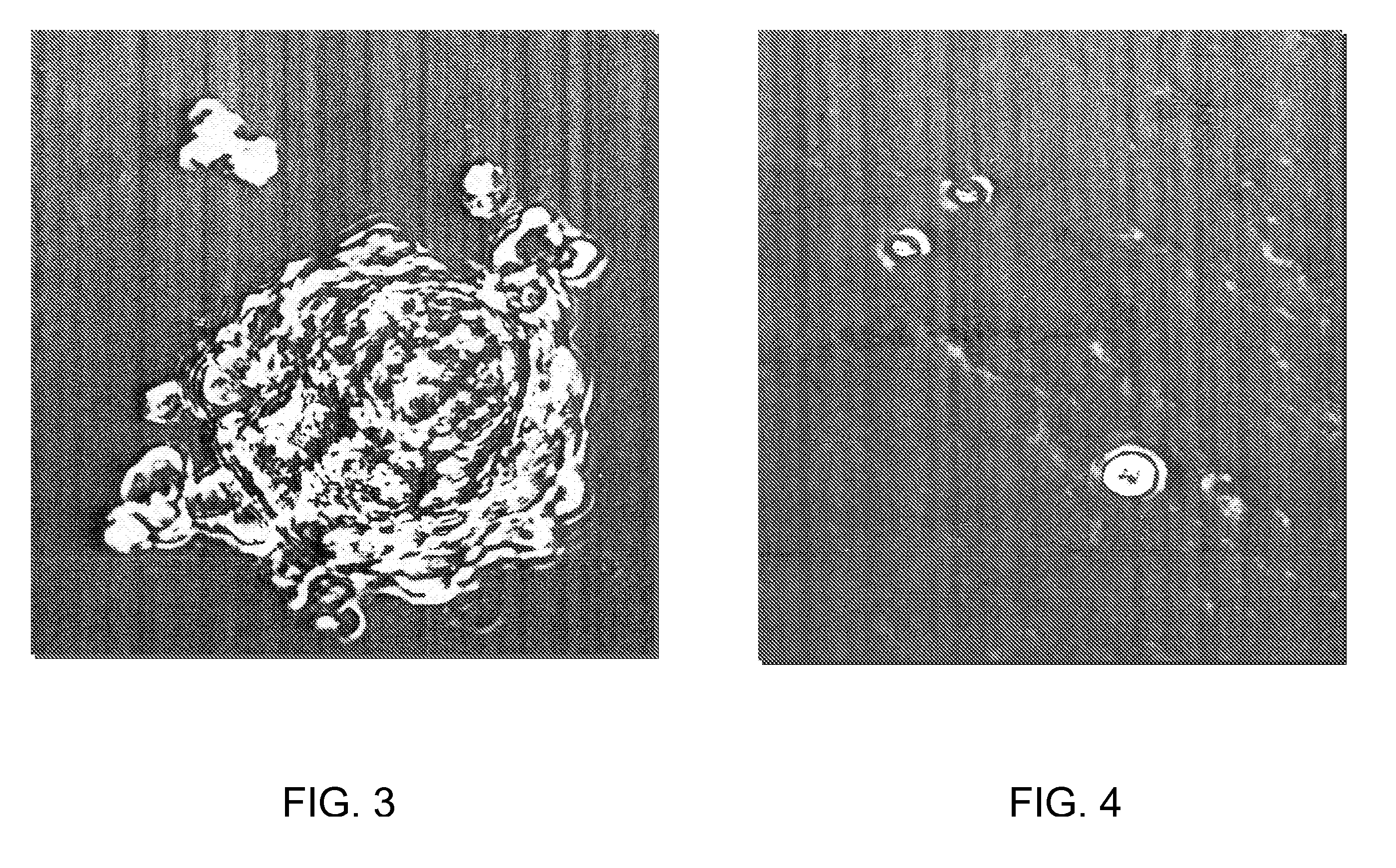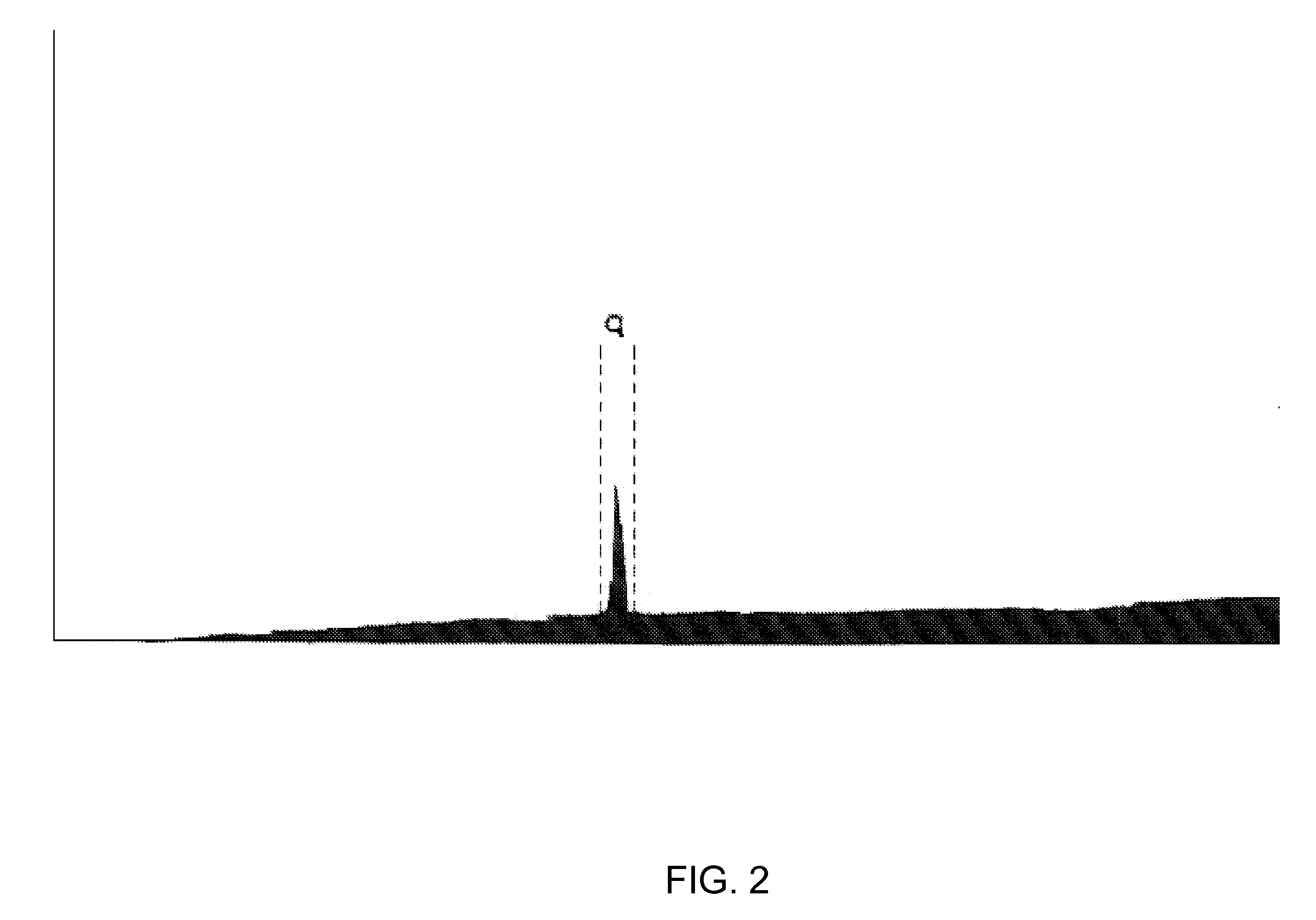Composition and Method for Selective Cytostasis
a cytostasis and cytostasis technology, applied in the field of peptide inhibition of cell growth, can solve the problem that viruses cannot reproduce by themselves
- Summary
- Abstract
- Description
- Claims
- Application Information
AI Technical Summary
Benefits of technology
Problems solved by technology
Method used
Image
Examples
Embodiment Construction
[0027] In U.S. Pat. No. 4,672,107, which is hereby incorporated herein by reference, the present inventor described certain cytostatic snake venom fractions and purified peptides that are substantially free of cytotoxins. This non-toxic fraction in snake venom is thought to function as a homeostatic regulator that returns the proliferative secretory epithelial snake cells to quiescence and to play a role in the differentiation and dedifferentiation process for epithelial secretion of venom products. Methods are disclosed by which the cytostatic fraction is substantially separated from toxic substances present in the venom, and the separated fraction exhibits substantial utility as a cell growth inhibitor.
[0028] Those observations are now extended to the use of certain cytostatic peptides obtainable from poisonous snake venom, venom secretory epithelia, snake salivas, and combinations of any of those sources, for inhibiting cell growth and viral replication in HIV-infected cells. Cy...
PUM
| Property | Measurement | Unit |
|---|---|---|
| Cell growth | aaaaa | aaaaa |
Abstract
Description
Claims
Application Information
 Login to View More
Login to View More - R&D
- Intellectual Property
- Life Sciences
- Materials
- Tech Scout
- Unparalleled Data Quality
- Higher Quality Content
- 60% Fewer Hallucinations
Browse by: Latest US Patents, China's latest patents, Technical Efficacy Thesaurus, Application Domain, Technology Topic, Popular Technical Reports.
© 2025 PatSnap. All rights reserved.Legal|Privacy policy|Modern Slavery Act Transparency Statement|Sitemap|About US| Contact US: help@patsnap.com



